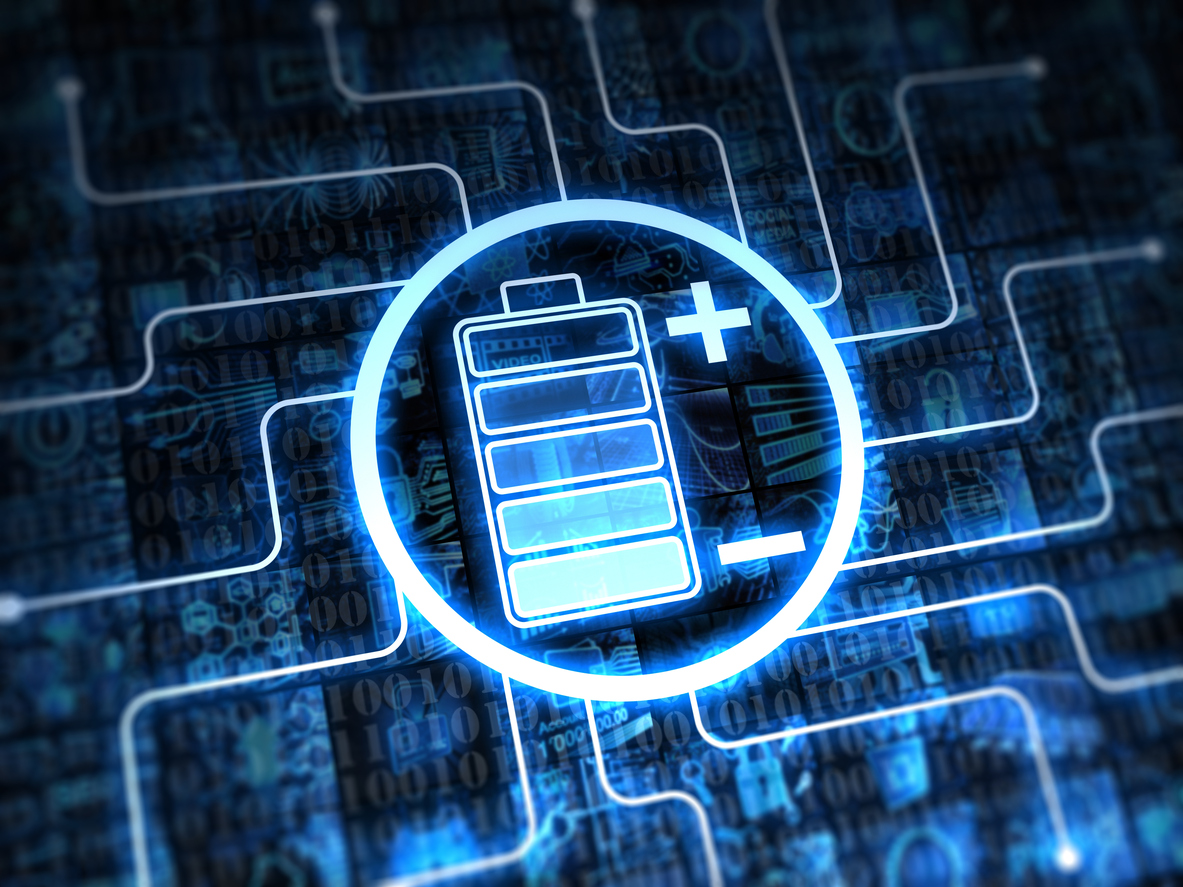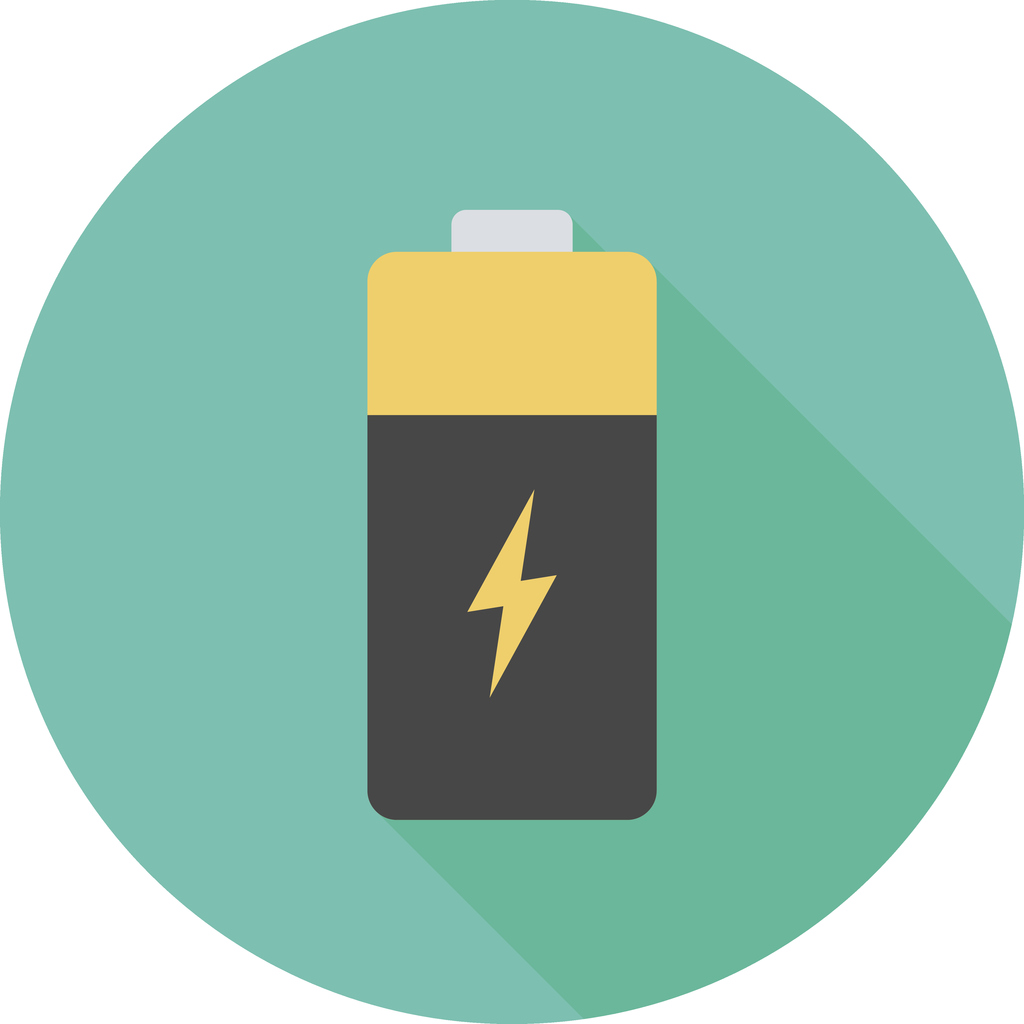The ECS Lecture during the 232nd ECS Meeting in National Harbor, MD, was delivered by Steven Chu. Chu is currently the William R. Kenan, Jr., Professor of Physics and Professor of Molecular & Cellular Physiology at Stanford. Previously, he served as U.S. Secretary of Energy under President Obama and was the co-recipient of the 1997 Nobel Prize in Physics for his contribution to laser cooling and atom trapping.
Chu’s ECS Lecture, “The Role of Electrochemistry in our Transition to Sustainable Energy,” focused on the risks society is facing due to changing climate, the evolving energy landscape, and the role of electrochemistry in providing critical technological advances.
“One degree Celsius does not sound like a lot, but just a couple of degrees warmer would make a dramatic difference,” Chu said. “If the Earth does warm by two degrees Celsius, Boston will be underwater.”


 After remaining steady for three years, global fossil fuel emissions are rising again and may increase again next year. But improved energy efficiency and a booming renewables market may offer a bit of a silver lining.
After remaining steady for three years, global fossil fuel emissions are rising again and may increase again next year. But improved energy efficiency and a booming renewables market may offer a bit of a silver lining. Engineers have developed a 4-in-1 smart utilities plant that produces electricity, water, air-conditioning, and heat in an environmentally friendly and cost-effective way.
Engineers have developed a 4-in-1 smart utilities plant that produces electricity, water, air-conditioning, and heat in an environmentally friendly and cost-effective way. Capitalizing on tiny defects can improve electrodes for lithium-ion batteries, new research suggests.
Capitalizing on tiny defects can improve electrodes for lithium-ion batteries, new research suggests. A new sodium-based battery can store the same amount of energy as a state-of-the-art lithium ion at a substantially lower cost.
A new sodium-based battery can store the same amount of energy as a state-of-the-art lithium ion at a substantially lower cost.